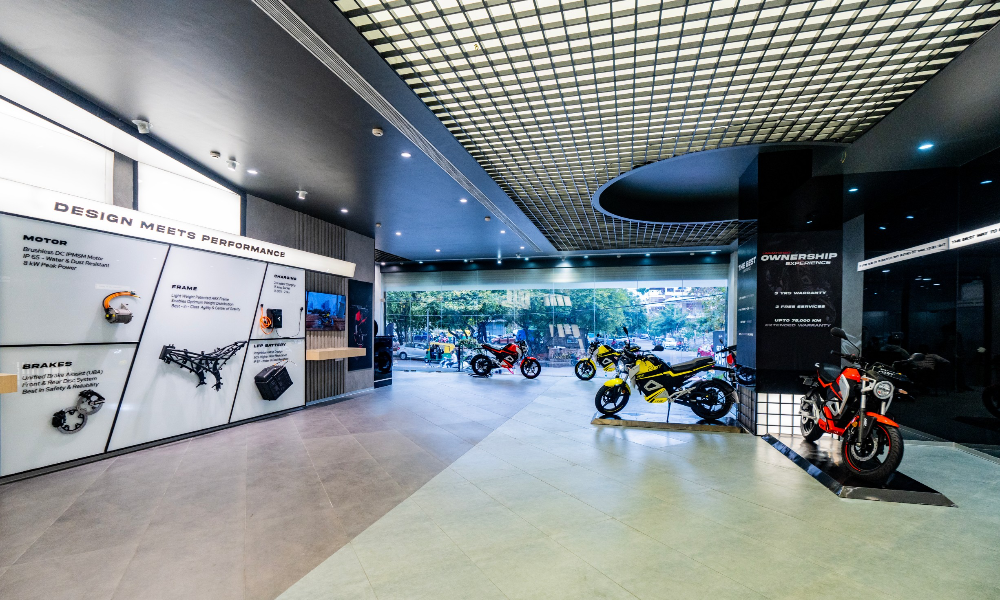- ALL
- TRENDING
- PERFORMANCE
- CHARGING
- BATTERY
- DESIGN
- TECH
- NEWS
Electric vs Petrol Bike Torque: What's the Difference?

Table of Contents
- What is Torque in Bikes/Motorcycles?
- What is Torque in Electric Bikes & How is it different from Petrol Bikes?
- Why Torque Matters in Indian Conditions?
- How Much Torque is “Good” for an Electric Motorbike?
- Torque in Oben Electric Bikes
When comparing electric and petrol motorcycles, most people focus on cost-effectiveness, speed, mileage, or charging and refuelling time. One spec that often gets overlooked, but has a major impact on how a bike performs, is torque. It determines how quickly your bike can pull ahead from a stop, climb slopes with ease, and navigate stop-and-go traffic smoothly.
In this article, we explore what torque means, how electric bike torque differs from petrol bikes and how it helps your bike perform well in the real world.
What is Torque in Bikes/Motorcycles?
Bike torque is the rotational force generated by an engine or motor. This force is responsible for turning your bike's wheels and pushing it forward. Your bike's torque determines how fast your bike can accelerate, how well it handles slopes, and how responsive it feels on the road. The more torque a bike has, the quicker it can move from a standstill.
In India's urban and semi-urban areas, stop-and-go traffic and roads with frequent hills and drops are the norm. A bike with higher torque handles these conditions better, allowing you to weave through tight traffic and climb slopes without strain.
What is Torque in Electric Bikes & How is it different from Petrol Bikes?
Both electric and petrol bikes rely on torque to get moving. Torque is a type of force that causes rotation, calculated using the formula:
Torque = Force × Distance.
Electric bikes can deliver full e-bike torque the moment you twist the throttle. Their motors reach peak torque at 0 RPM, meaning you get instant acceleration without changing gears. This is possible due to the flat e-bike torque curve that keeps power delivery consistent throughout the ride.
Petrol bikes, on the other hand, build torque gradually. You only feel a strong pull at higher RPMs, and even then, you have to shift gears to stay in the power band. The torque increases and falls depending on how fast the engine is spinning and what gear you're in.
Why Torque Matters in Indian Conditions?
Indian cities are known for bumper-to-bumper traffic, uneven roads, and frequent inclines. In these conditions, having higher torque gives you better control and a smoother ride.
It helps you:
- Navigate stop-and-go traffic: Higher e-bike torque lets you accelerate quickly after every halt, which is common at signals, junctions, and congested roads.
- Climb steep roads easily: Cities like Pune and Bangalore have many flyovers and steep slopes. Strong e-bike torque gives your bike the power to pull forward without hesitation.
- Handle extra weight: Riding with a pillion or carrying luggage becomes easier with higher torque as the motor doesn't feel strained, and performance stays consistent.
How Much Torque is “Good” for an Electric Motorbike?
A good torque range for electric motorcycles is around 50-60 Nm at the motor for urban riding. High-performance models may go above this to offer quicker acceleration, stronger uphill pull, and smoother control in dense traffic or varied terrain.
Torque in Oben Electric Bikes
Oben Electric's in-house developed IPMSM motors are built for real-world performance. The Oben Rorr EZ and Oben Rorr deliver 52 Nm of torque with 7.5 kW and 8 kW peak motor power. All models offer lightning-fast performance with 0 to 40 km/h in just 3.3 sec for Oben Rorr EZ and 3 seconds for Oben Rorr.
Combined with Oben's lightweight yet durable ARX frame, these specs translate into quick take-offs at traffic signals, easy handling on flyovers and steep roads, and steady control even with added load.
"Experience Torque Like Never Before – Book a Test Ride Now"
Electric Bike vs. Petrol Bike: Torque & Performance
Don't Just Ride – Ride with Torque
If you're buying an electric bike in India, torque is one of the most useful specs to consider. It defines how your bike performs in real-world conditions. In stop-and-go traffic or while climbing steep roads, strong torque gives you the quick acceleration and pulling power needed to ride with ease.
Look for bikes that deliver high low-end torque, which means they produce strong pulling power even at low speeds or from a complete stop. Oben Rorr EZ and Oben Rorr are built exactly for this kind of performance. These electric bikes offer instant response with smooth control.
Want to experience exceptional performance with Oben Electric Bikes? Book your test ride now!




